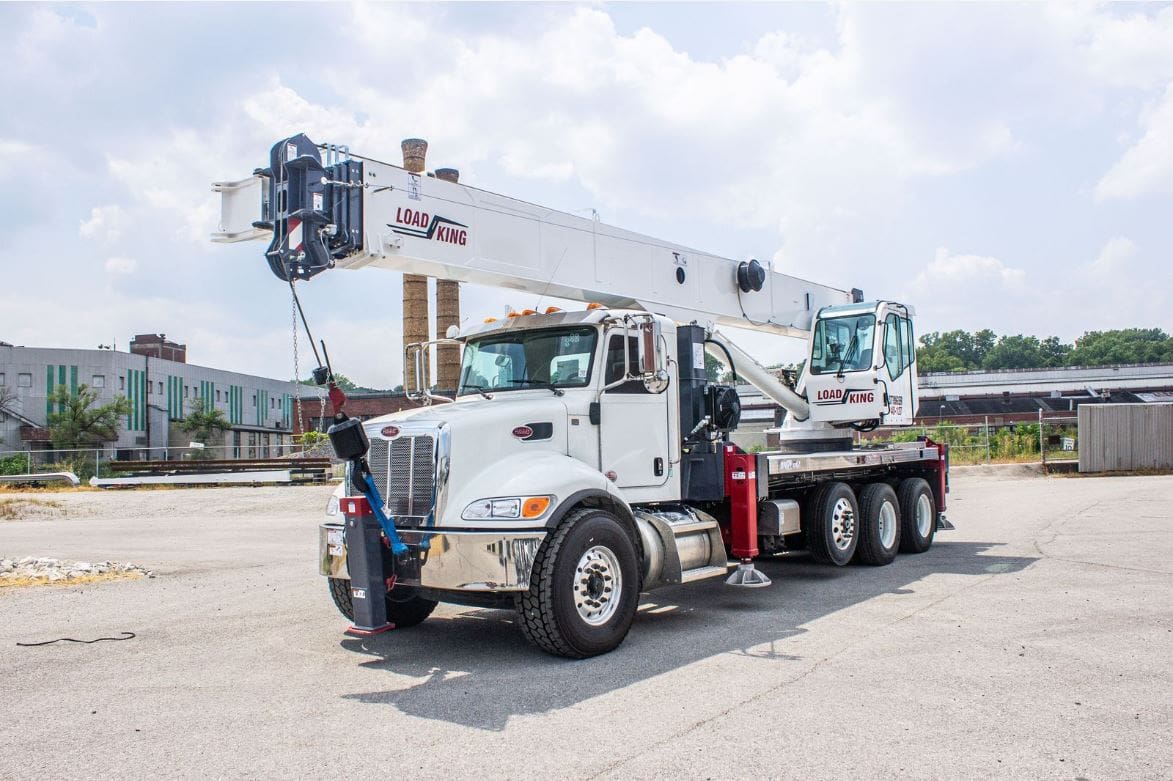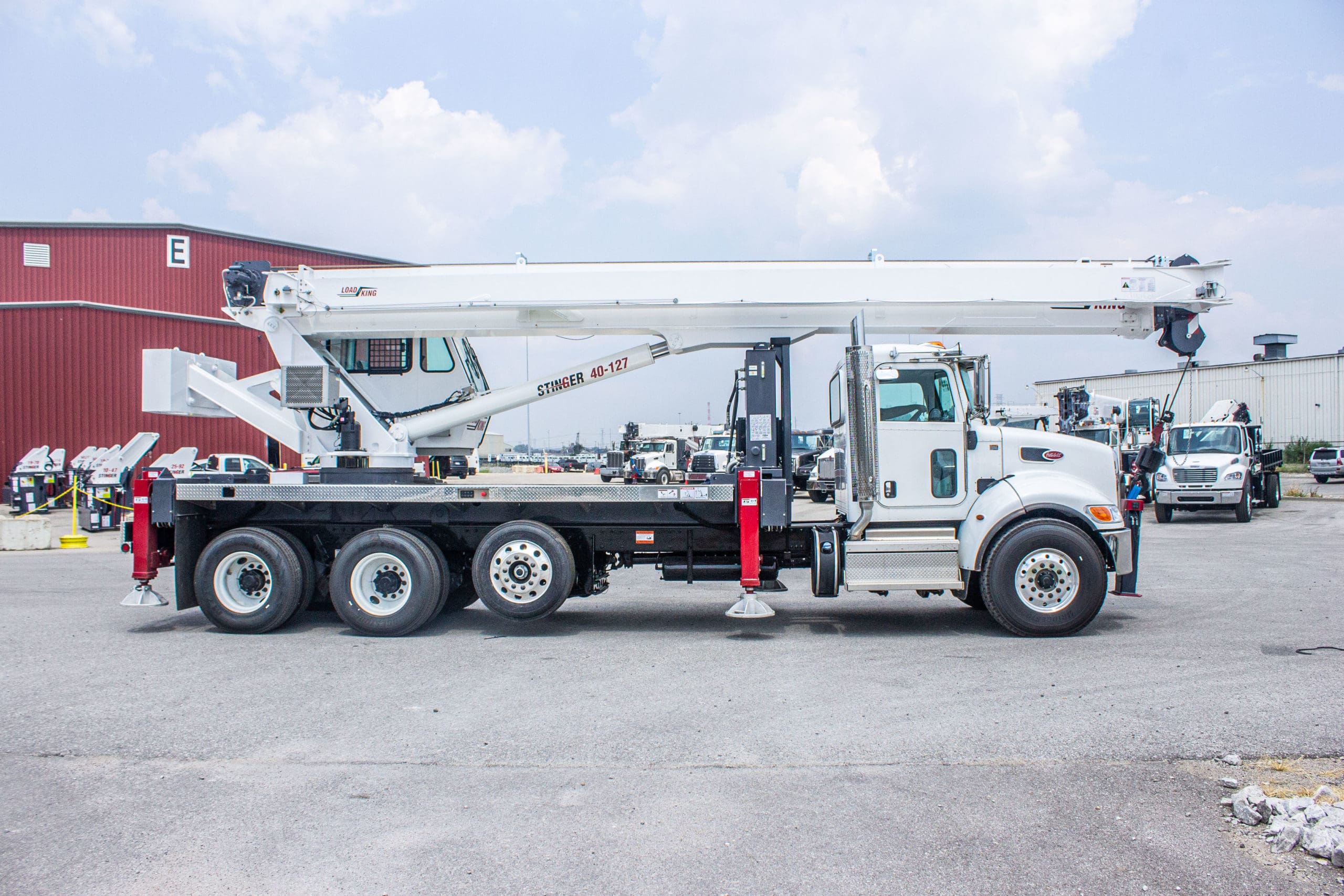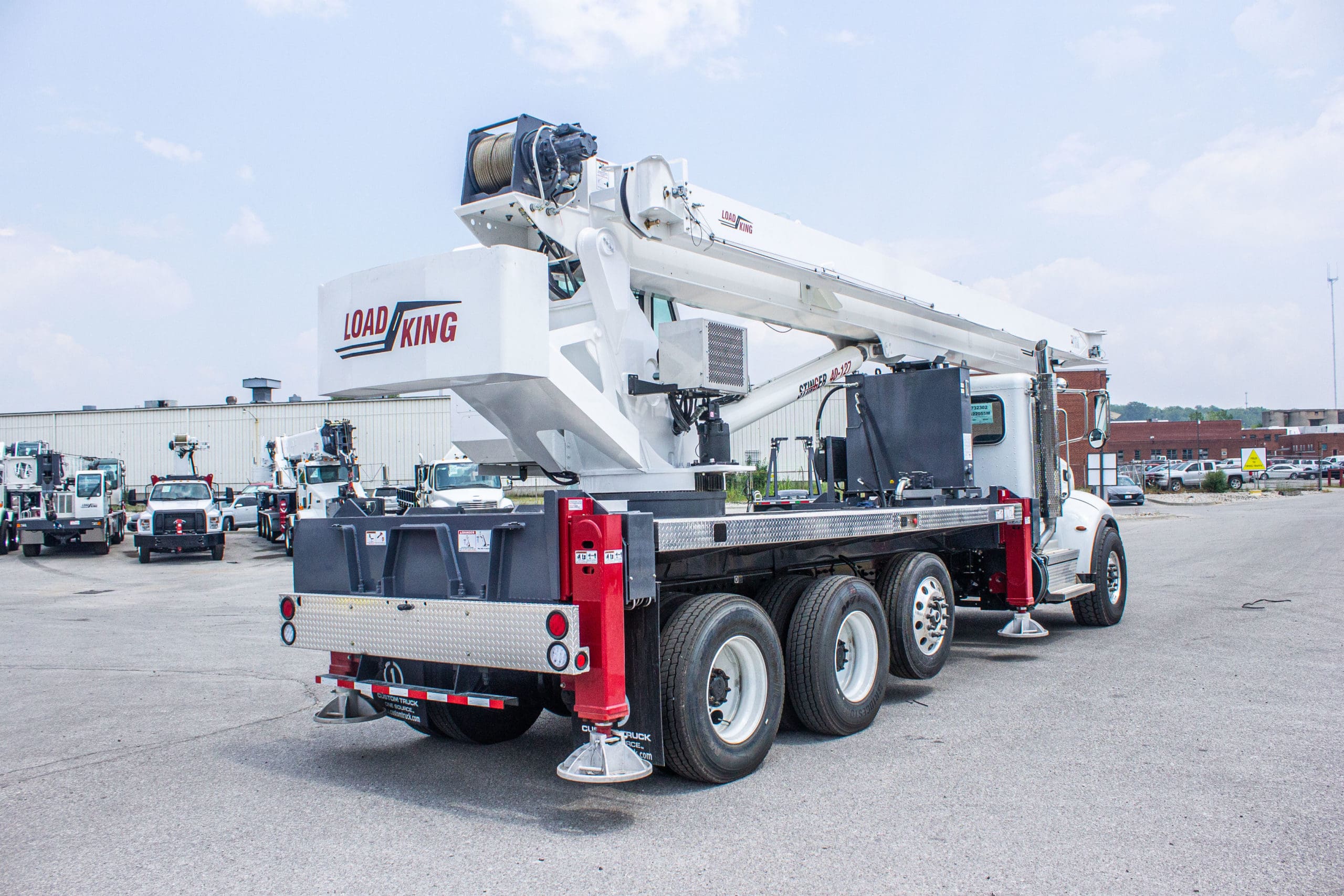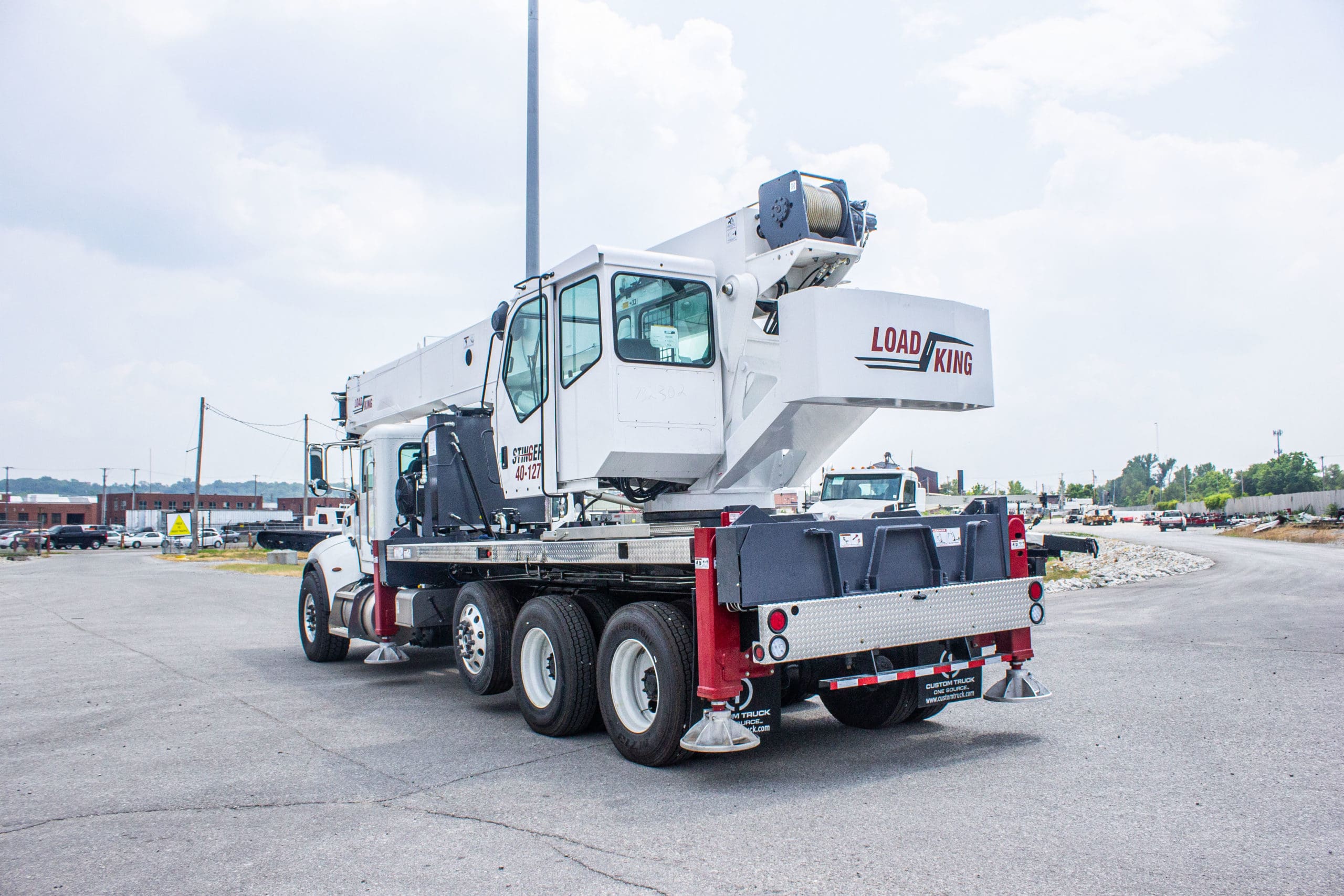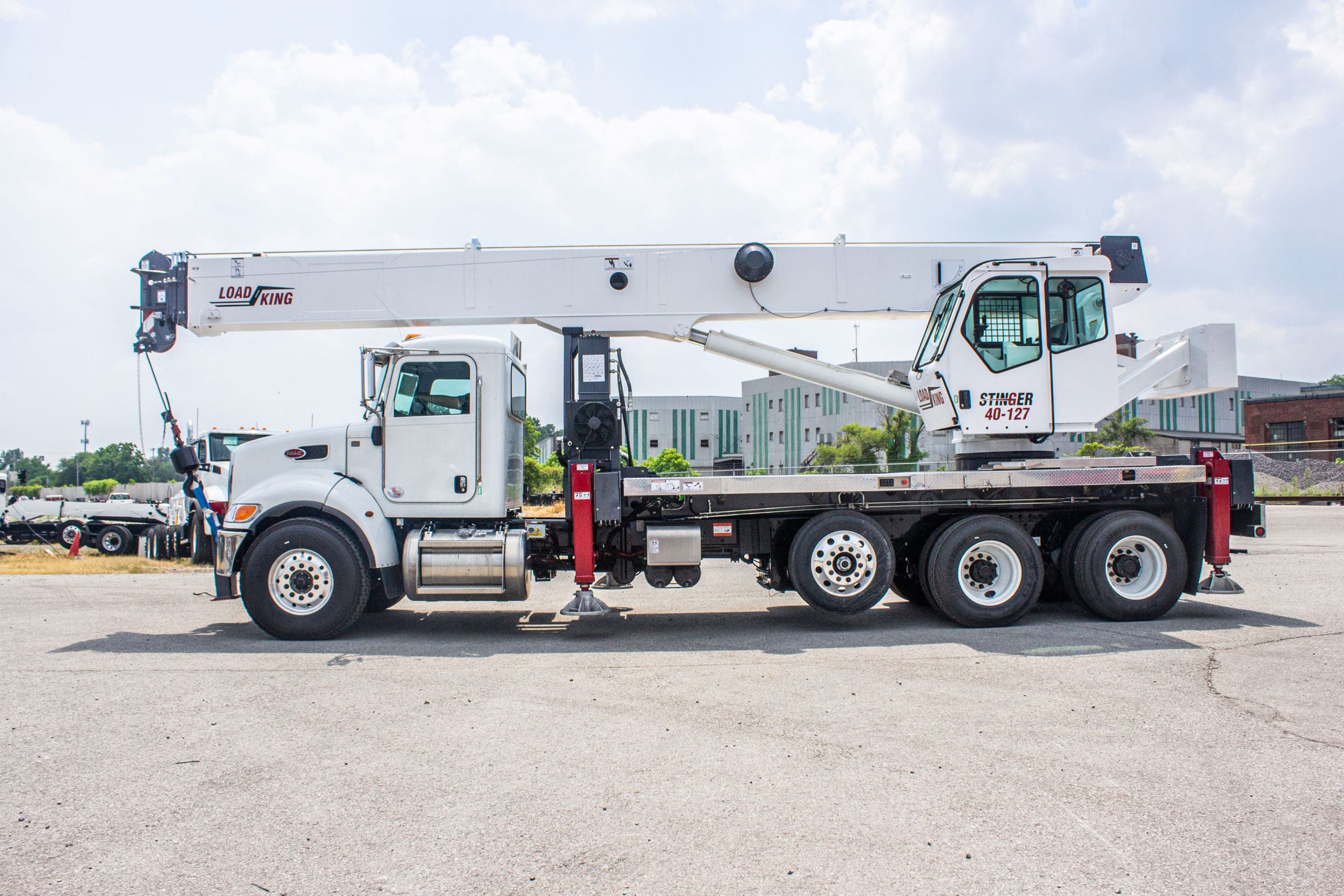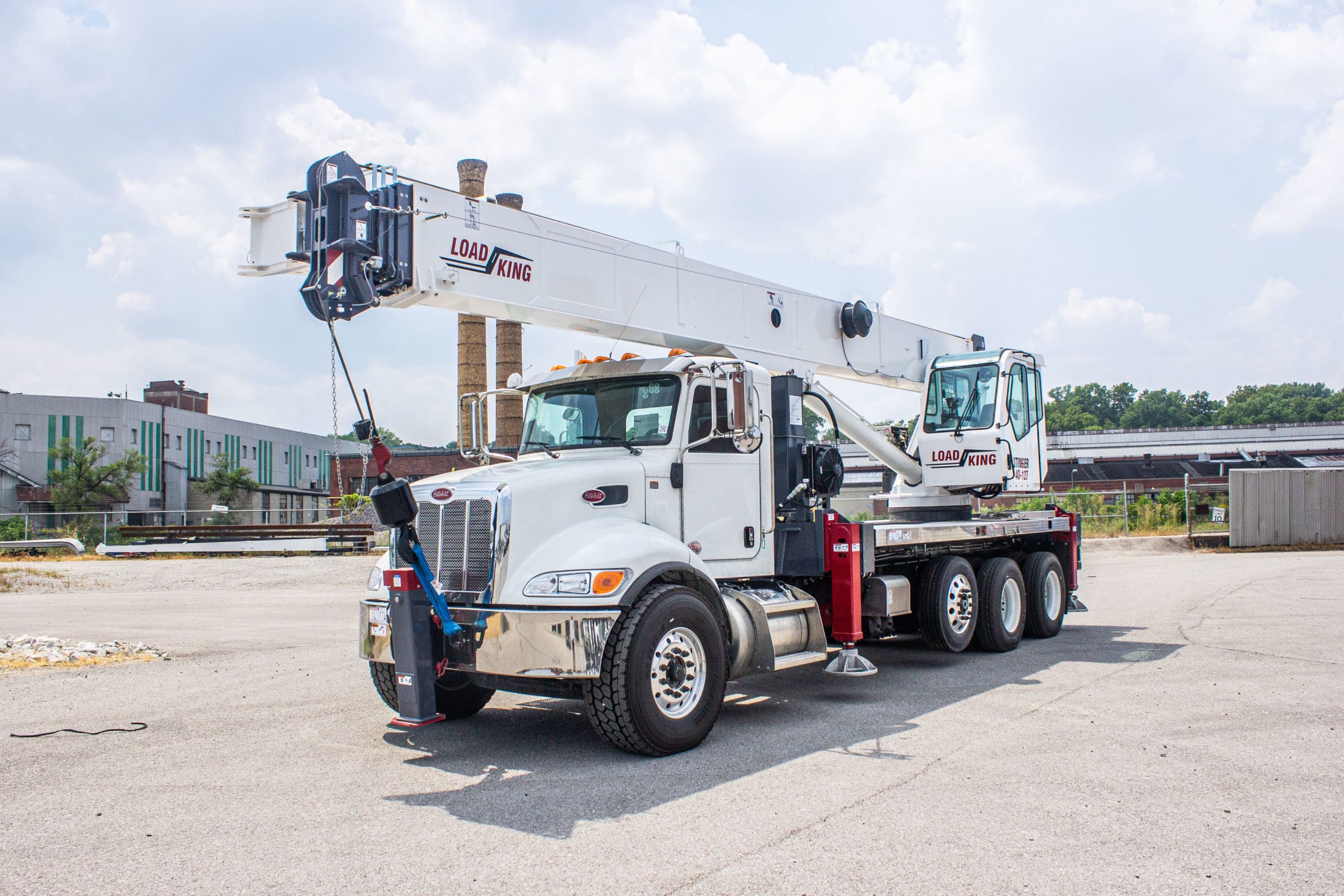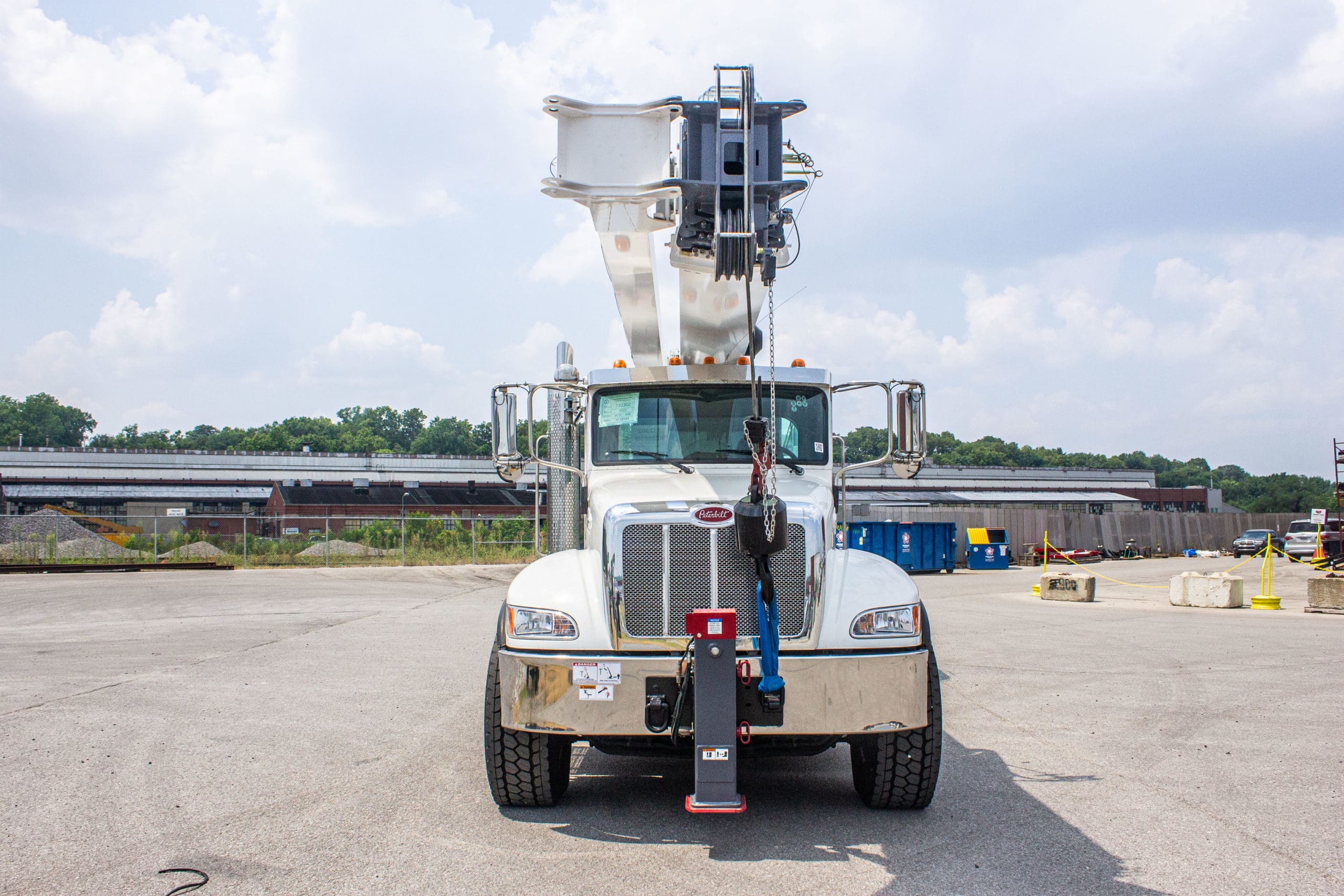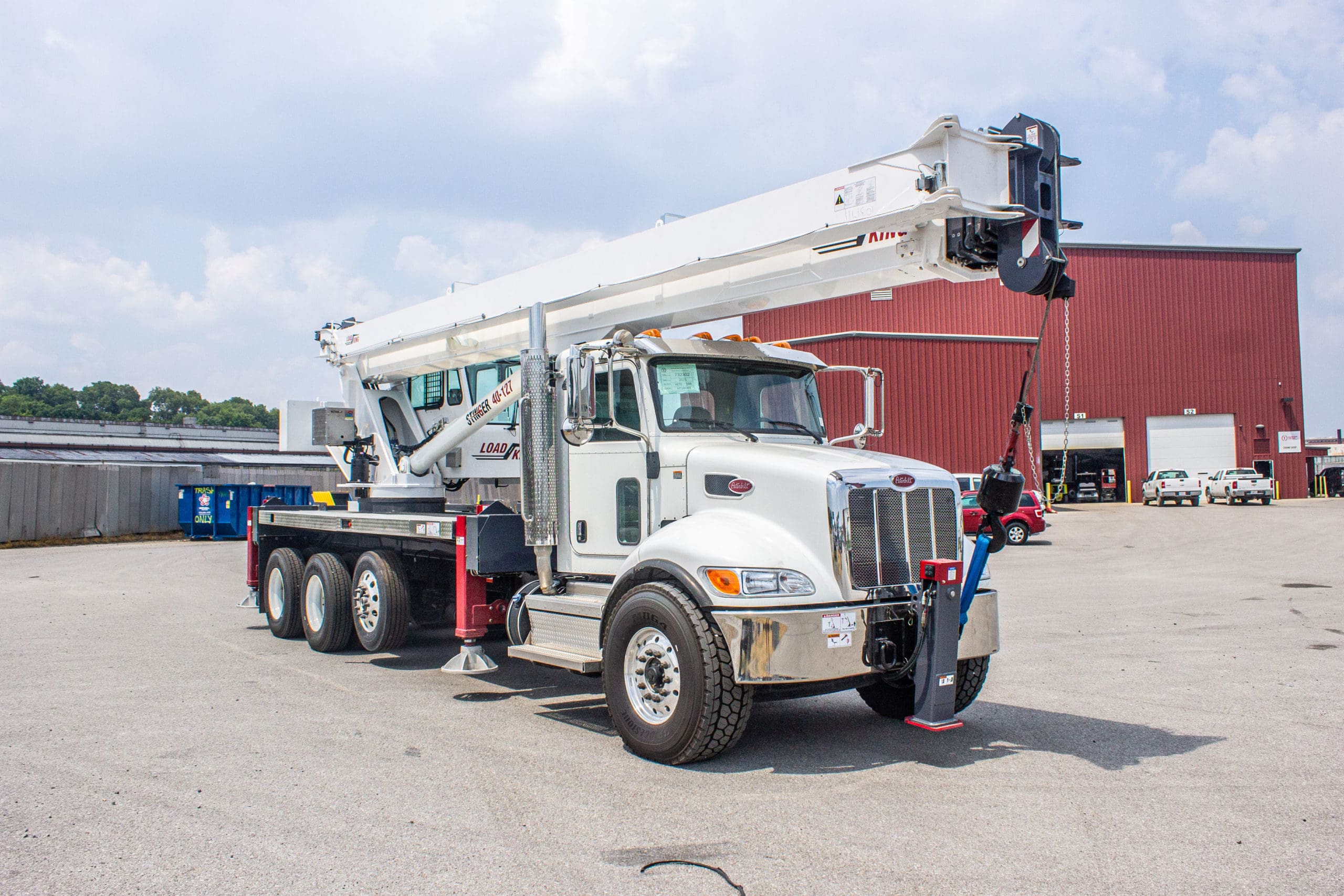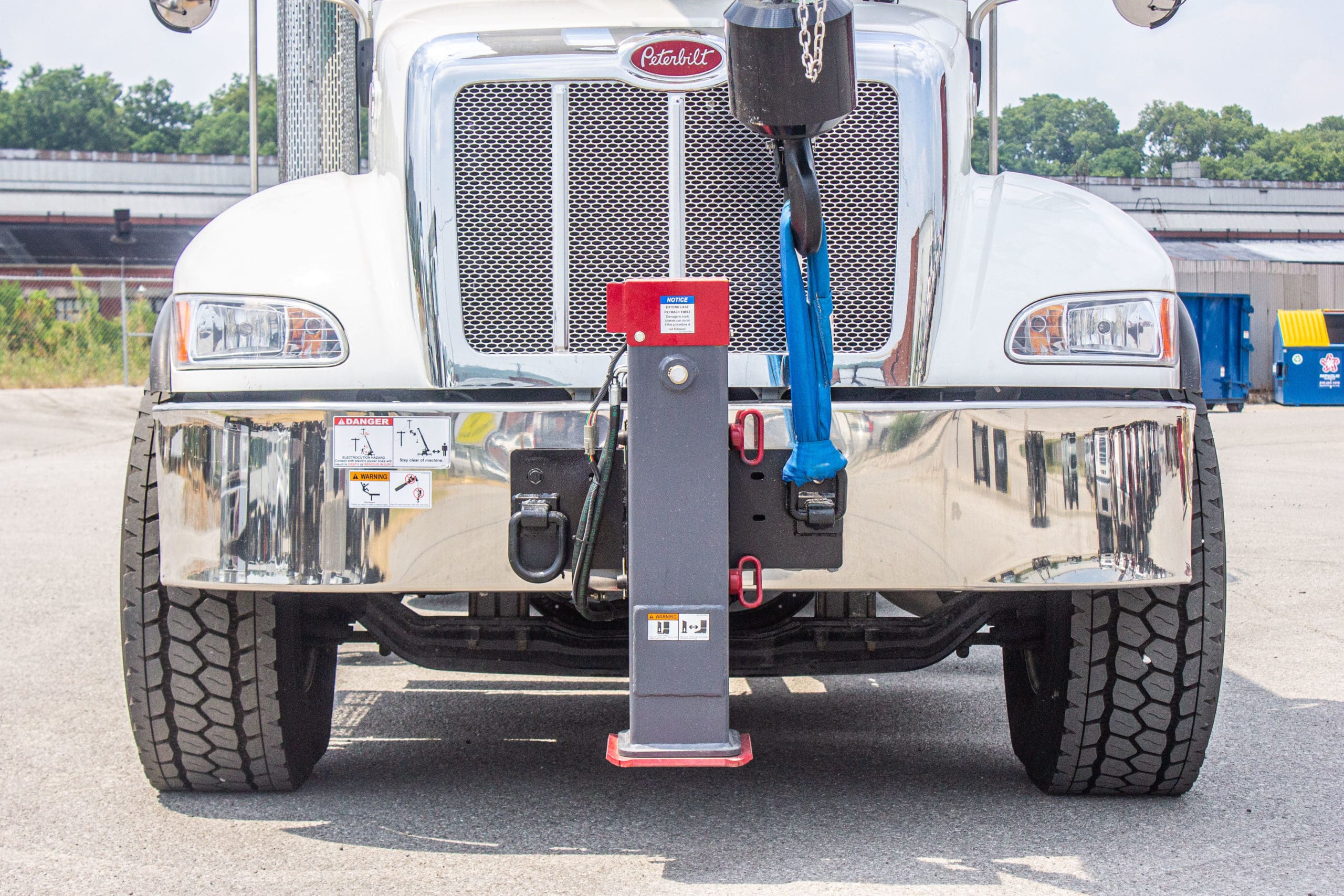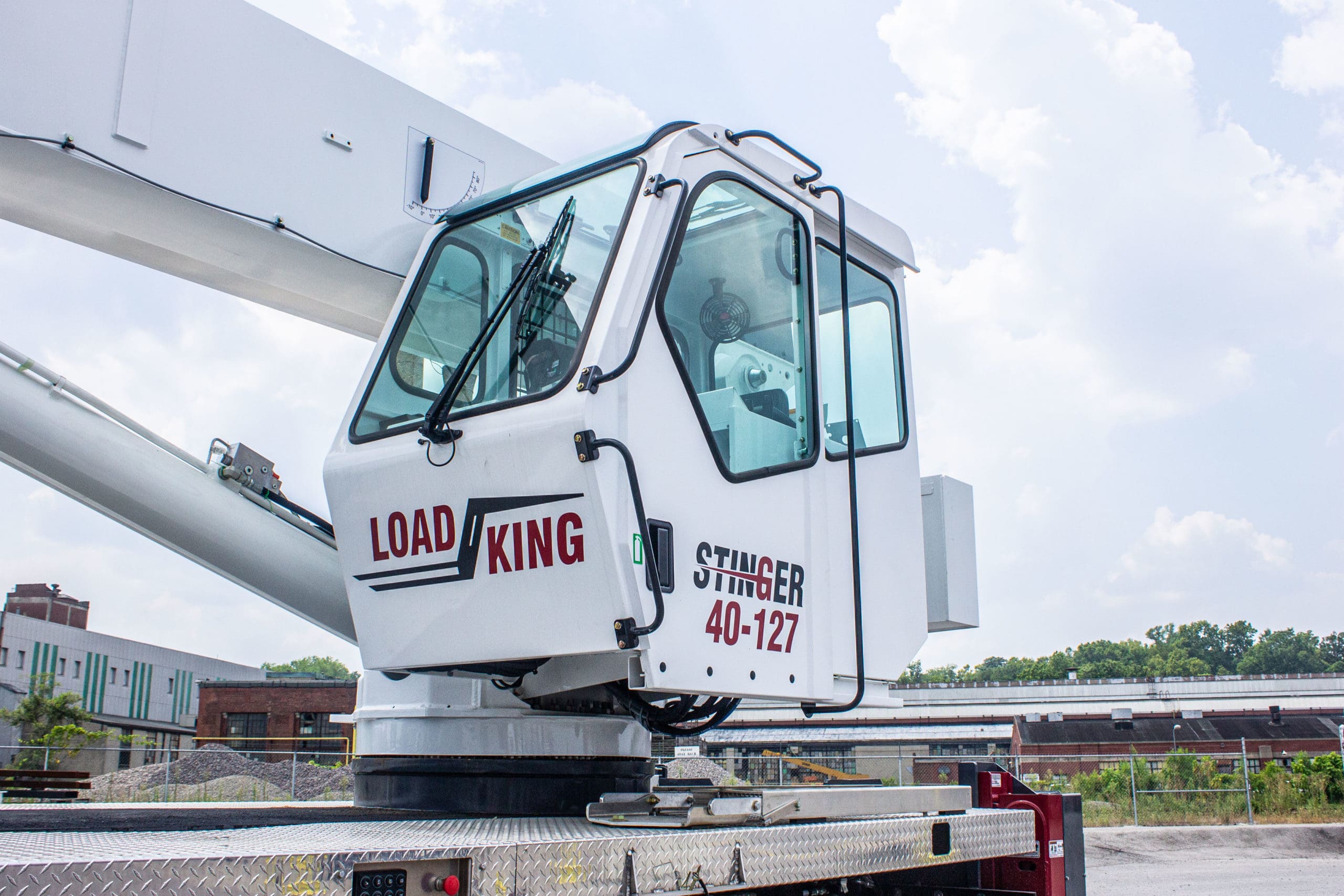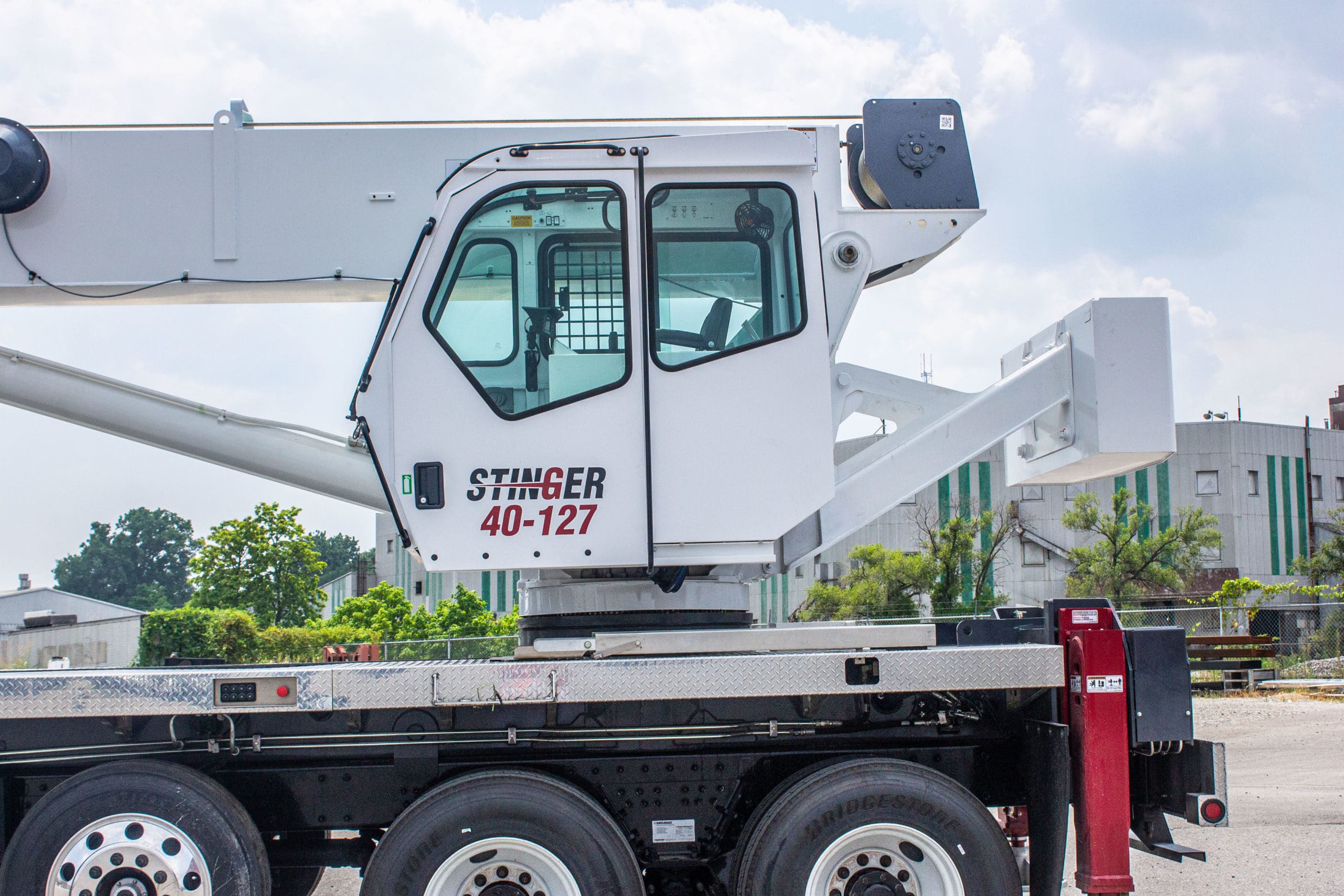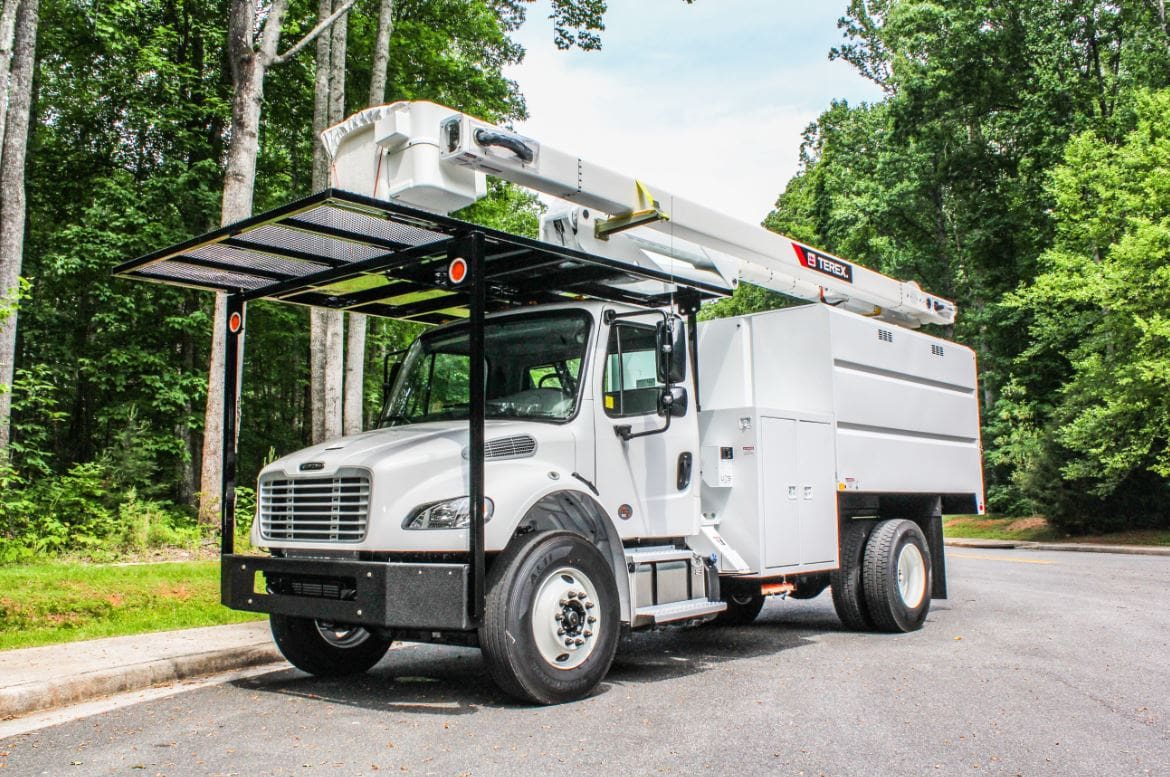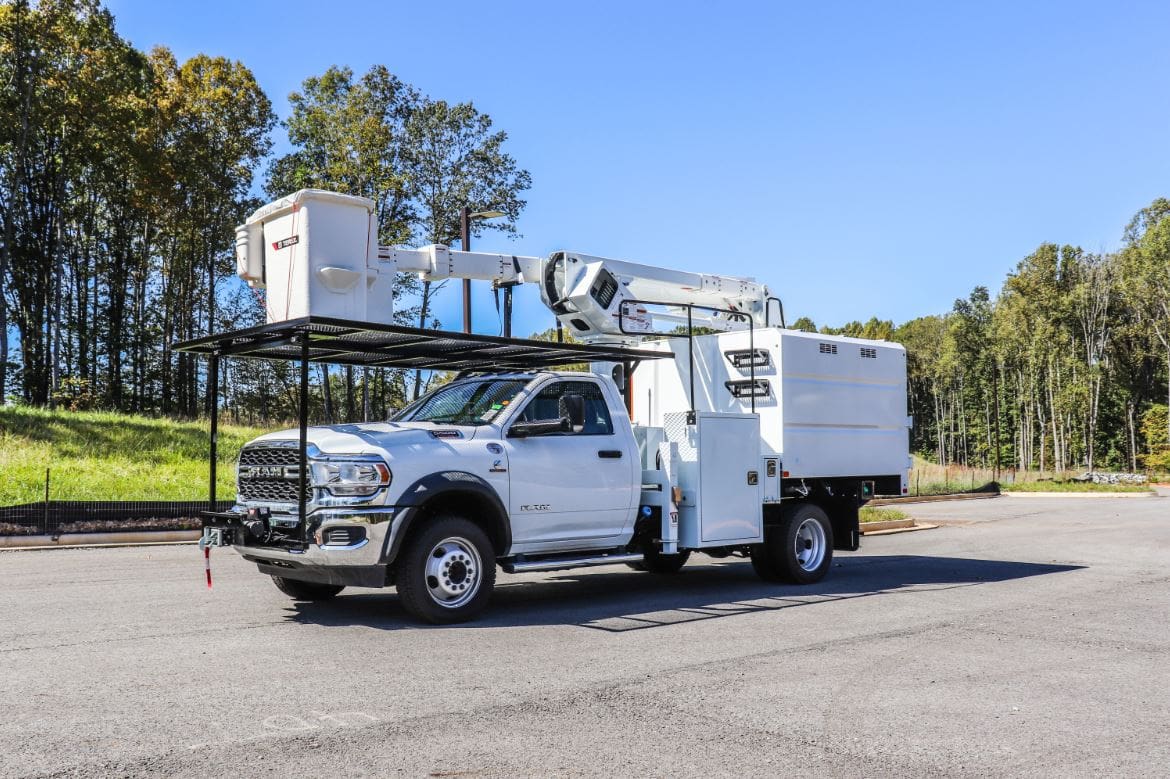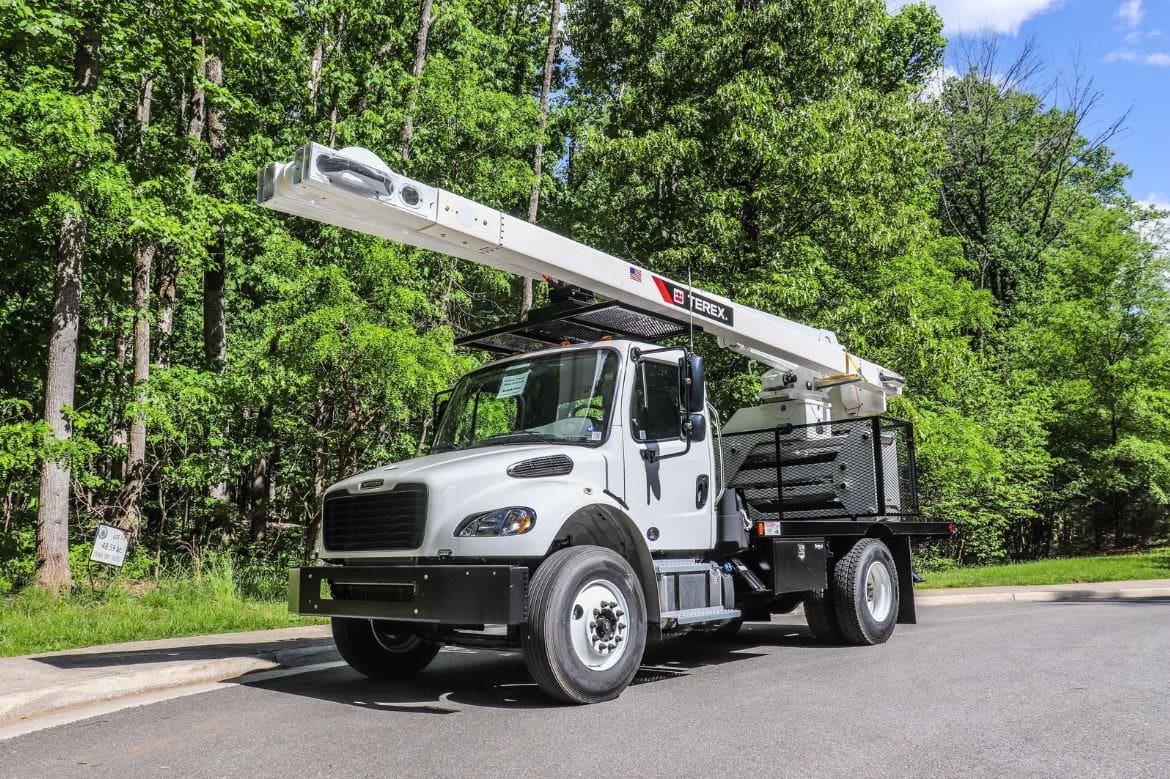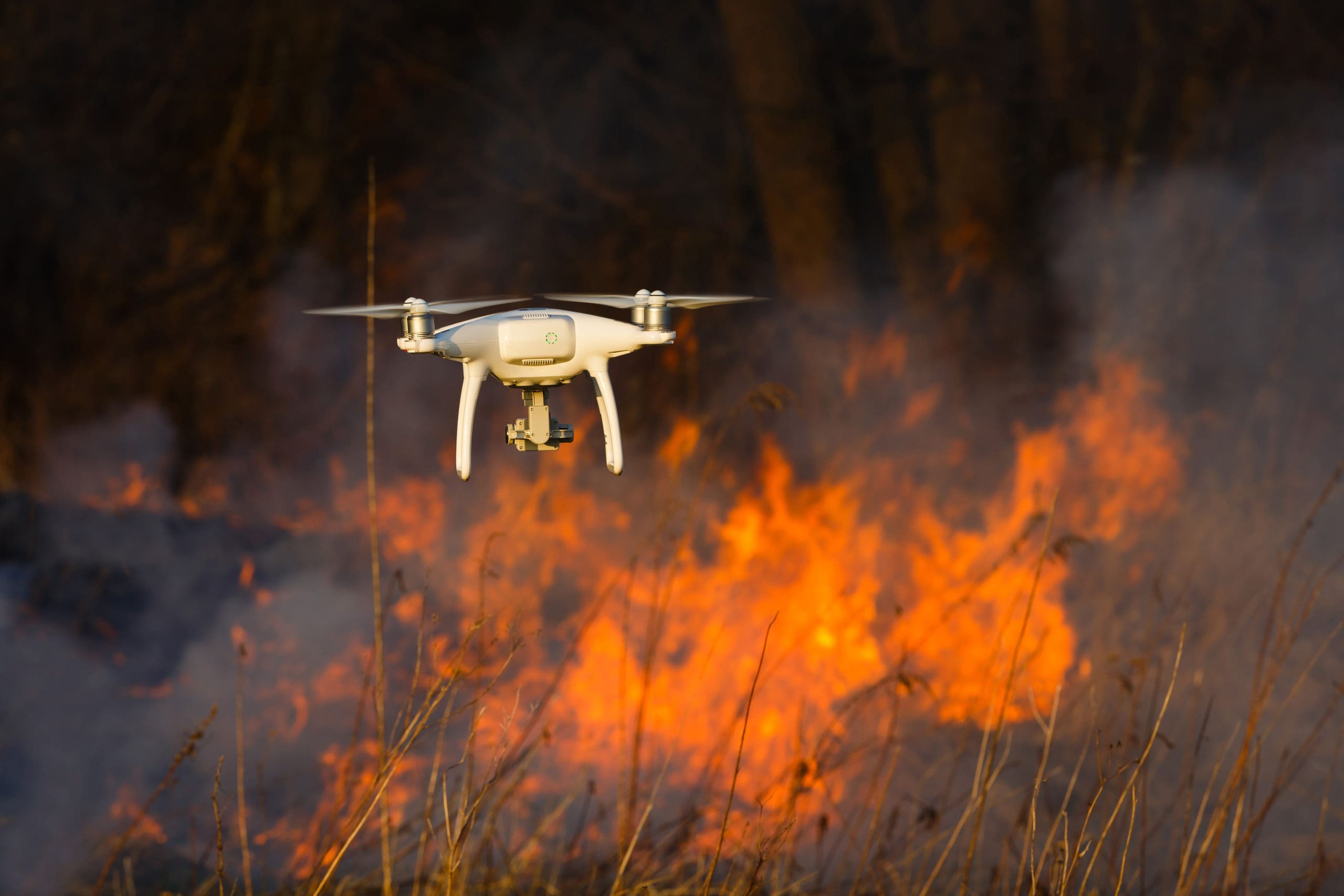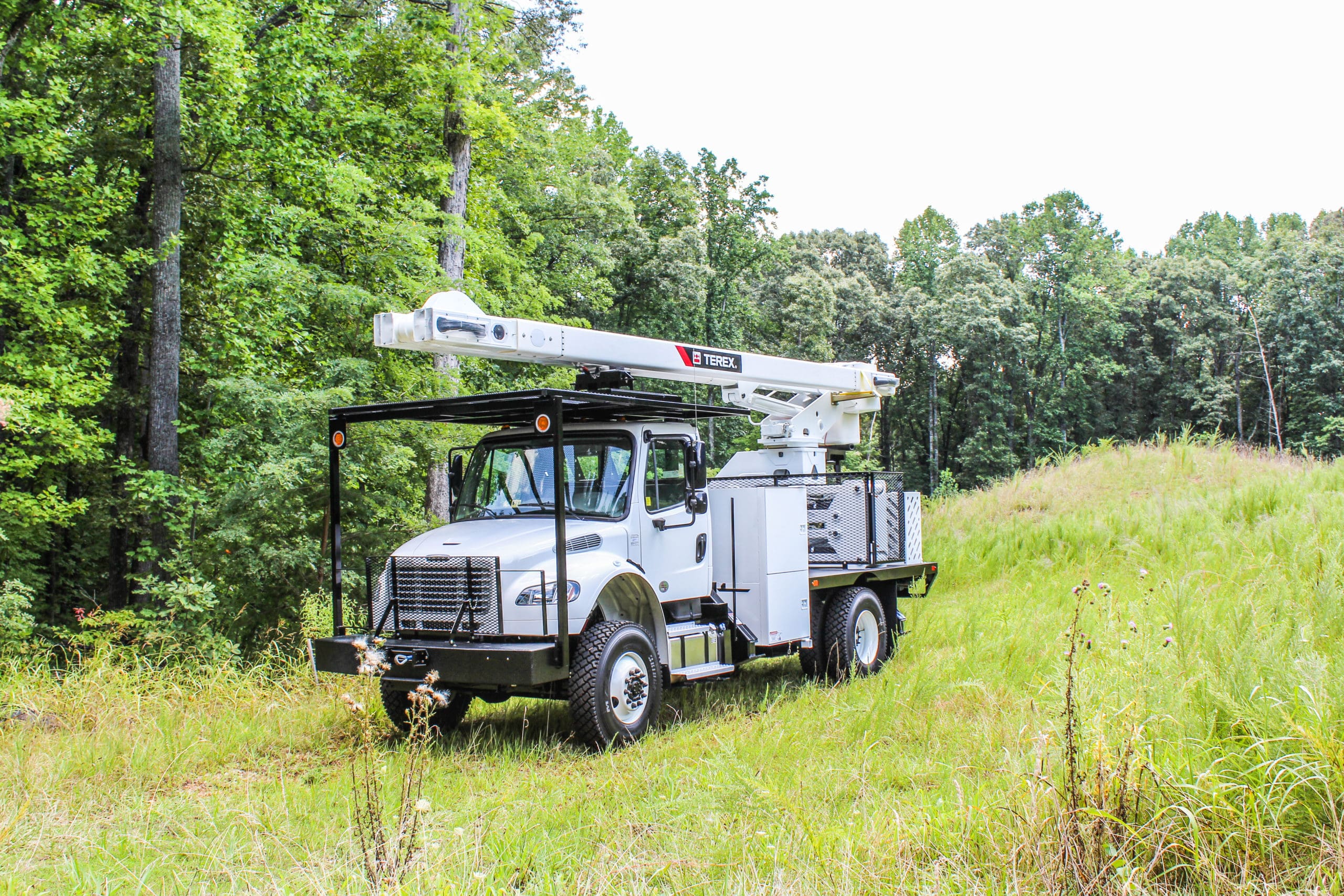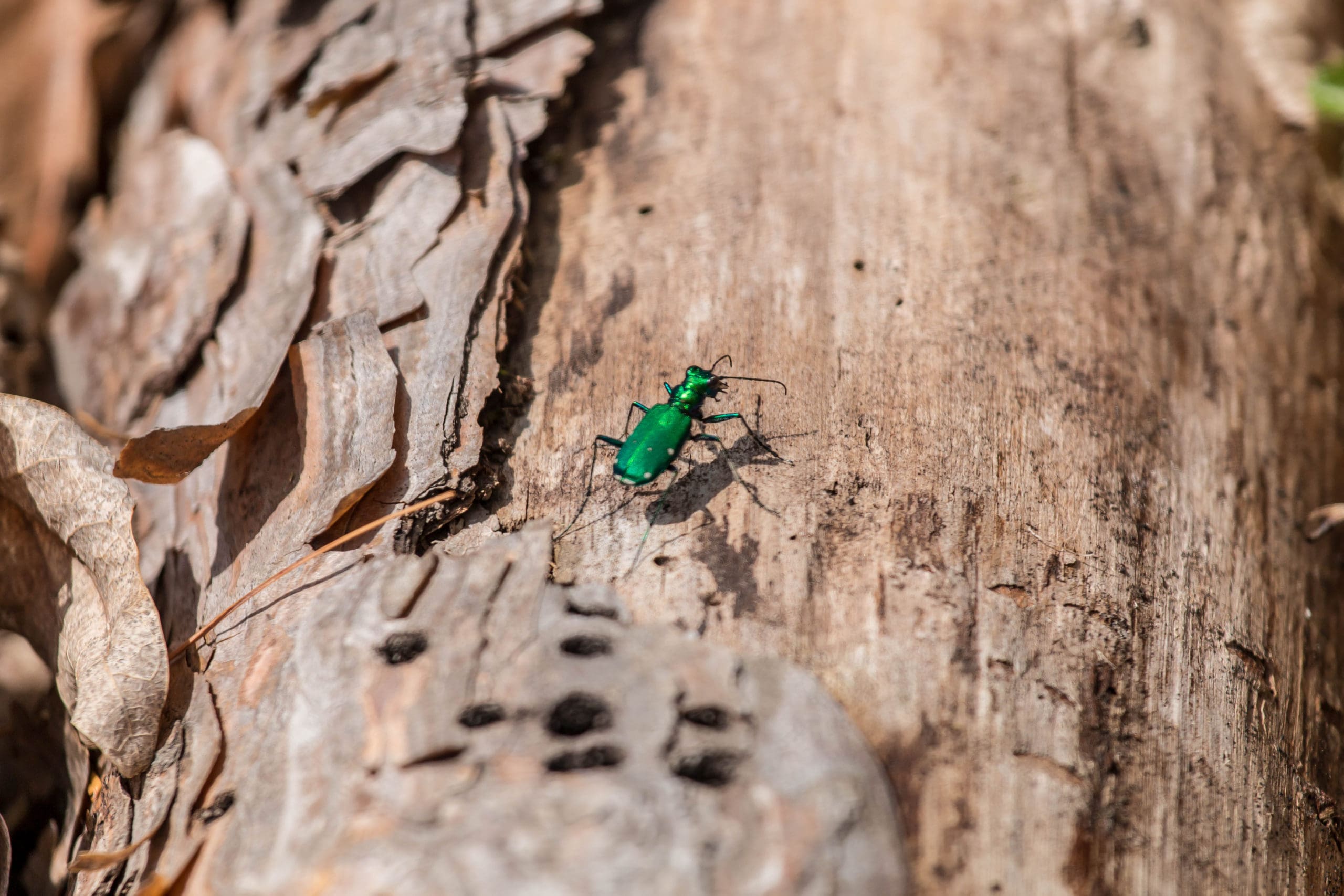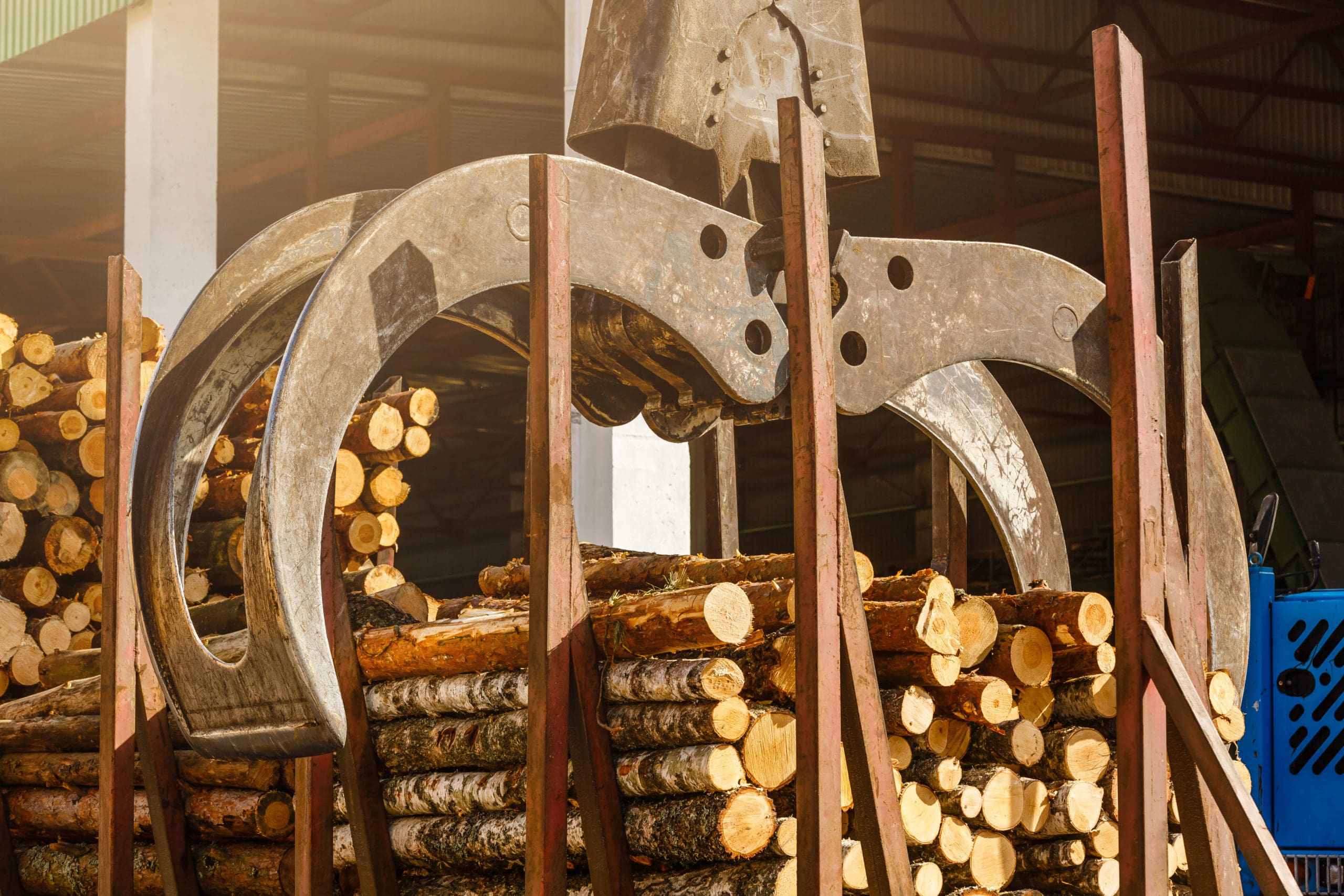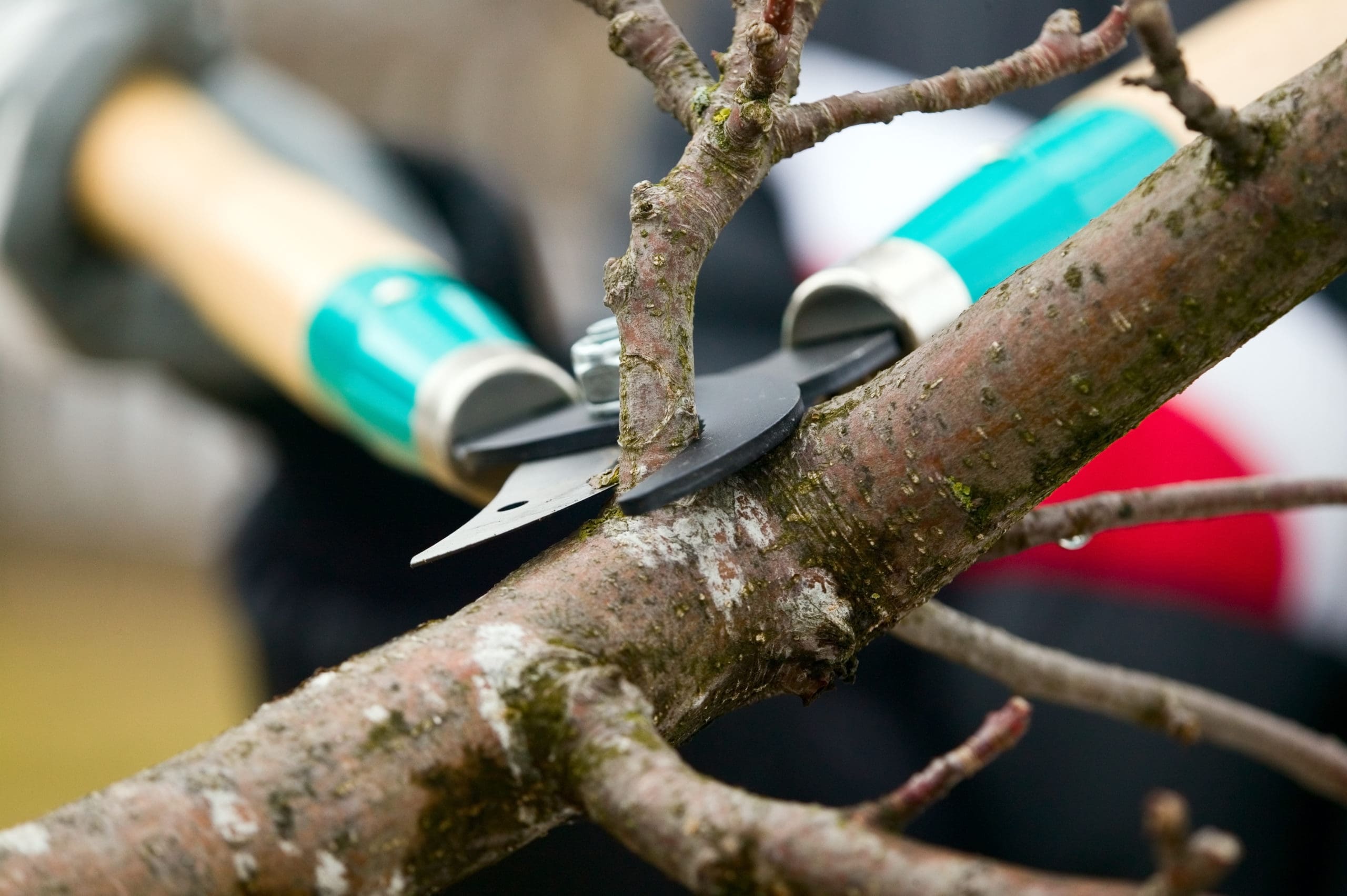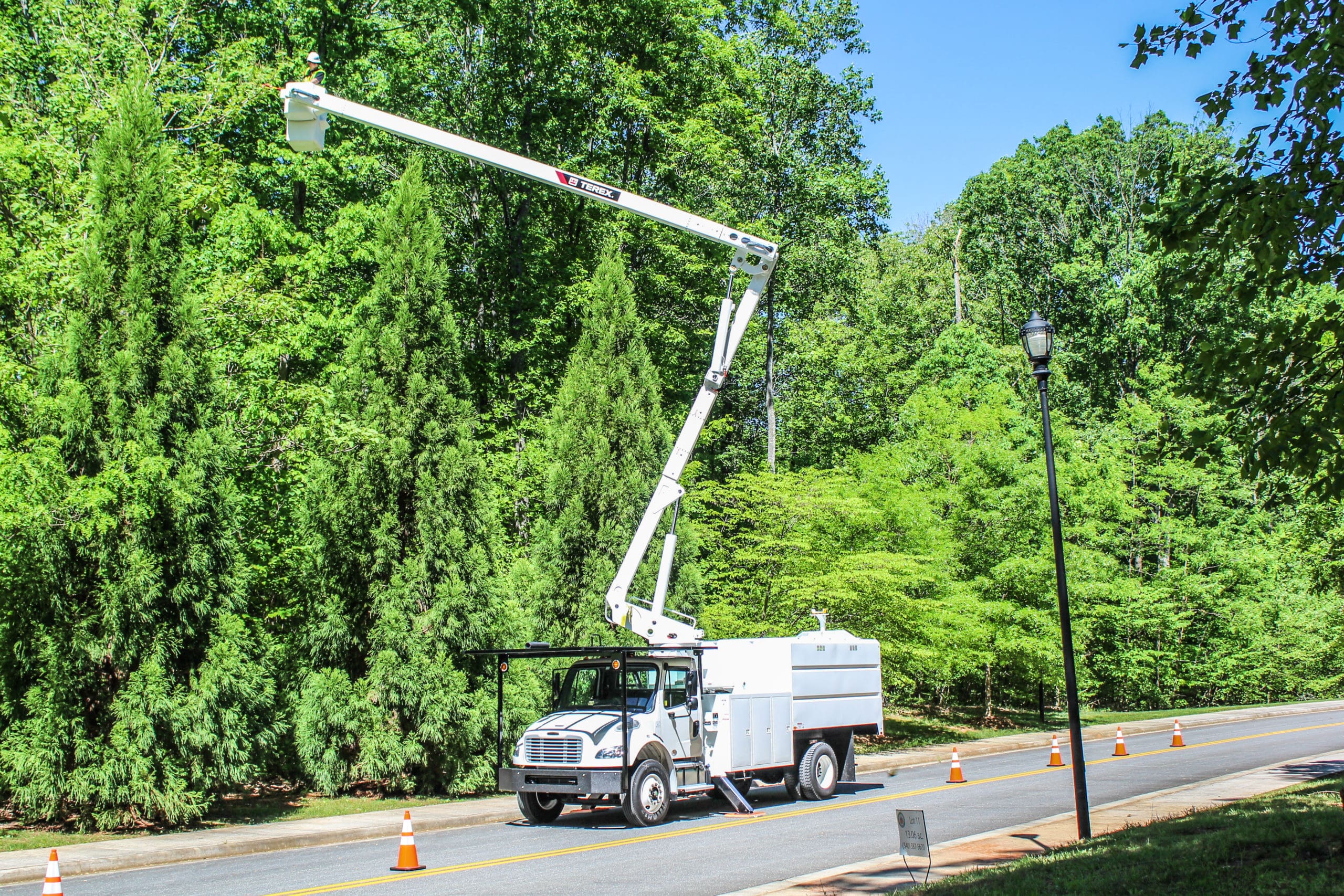If you’re in the forestry business, you need the right equipment to make your work fast, safe, and efficient. Some of the must-haves are your forestry trucks. The machines streamline core tasks in your business such as tree trimming, loading, chipping, onsite processing, skidding, and hauling.
The type of truck to choose depends on several factors, including the type of work it’s intended to perform, the chassis requirement, and body type. Here are the five best trucks you need to bring your forestry business to a new level in 2021.
Forestry Bucket Trucks
These offer access to locations and heights which you’d never reach unless you were using a ladder. An inbuilt combustion engine powers these trucks, although there are also some hybrid models available.
Some have a secondary shaft that powers the hydraulic rams to direct the truck’s lift in the right direction. Most bucket trucks include an auxiliary internal combustion engine on one side of its chassis.
Forestry bucket trucks enable tree management crews to operate safely off the ground, while allowing the bucket to reposition an d reach out-of-the way spots that couldn’t be reached with a ladder. For many years, bucket trucks have been instrumental in tree trimming. They are the best option for line clearance.
Roll-Offs Trucks
Roll-off trucks are mainly used to transport logs from the forest to the yard. They are robust machines that can handle heavy-duty work without straining. These trucks include an open container dumpster without a top.
The trucks also contain a roll-off hoist system used to lift logs off the ground and load them on their containers for transport. Most of these trucks will either include a hook-lift or a roll-off hoist. The type of hoist has a different method of loading and unloading materials onto the truck.
Roll-off hoists pull the logs onto the truck’s bed. These trucks can also be used to load containers onto the trucks. Some of these trucks have rails on the bottom to roll containers and other material onto the truck’s bed.
The roll-off system comprises three components: the hoist mechanism, the truck chassis, and a tarp system. Such systems are automated to fit different applications. The system ensures loading logs onto the truck or trailer is effortless.
The hoist system can be configured for alternative fuel types, including LNG, CNG, electric or hybrid. These trucks are made to ensure optimal durability.
Chipper Trucks
Chip trucks are also referred to as chipper trucks. These forestry trucks have increased in demand due to their crucial role in the forestry industry. They are useful in tree trimming and tree removal. Tree producing, tree-trimming companies and smaller independent contractors are the main clients who need this forestry machinery.
After trimming and felling a tree, you’ll find lots of debris on the ground. The best way to clear the site is to chip the debris into smaller pieces. A chipping machine does this work. It helps to clear the mess swiftly, eliminating the need to burn the remains, thus recycling the wood chips.
Once the wood debris is in small pieces, the chipper moves them onto the truck. The chipper truck is essentially a chassis and a closed dump container that is specifically designed for this purpose. You can purchase a chipper truck with or without a toolbox. Some buyers forgo toolboxes to increase load capacity.
The big chip trucks have a self-loading arm to allow easy wood chip loading. The truck and the woodchipper work in tandem. An inbuilt combustion engine powers the wood chipper’s engine. Some chipper trucks have a separate engine mounted on the truck to the chipper. Others have a hydraulic crane to help in lifting the debris onto the truck.
Grapples
A grapple truck is a truck fitted with a grapple loader on its frame to help load and haul bulky materials, including logs and debris. This truck can collect materials that are difficult to containerize due to their weight and size.
Grapple trucks systems come in different sizes and types, including rear-steer system, loader and body systems, haul truck systems, roll-off systems, transfer systems and rear-mounted loader and trailer systems.
These trucks are very instrumental in removing overgrown trees from residential and commercial areas. They help to grab and lift hefty foliage, limbs, branches, and trunks. That’s why you need to purchase a grapple truck if you’re in the forestry business.
Grapple trucks have a jaw or claw attached to the bottom end of the boom to lift and load objects onto the truck. These trucks are essential equipment for cutting and transporting logs.
Most grapple trucks are fitted with micro cranes to make loading logs easy. Grapple trucks come in different sizes and types to meet the needs of varying clients. It’s therefore vital to select a truck that will be effective in your forestry business.
Service Trucks
A service truck is one that functions as a mobile workshop. This truck helps to transport tools, equipment and parts needed to do a forestry job effectively. Service trucks are heavier and larger than utility and delivery trucks: they comprise robust bodies and powerful engines.
These trucks work as ambulances by rushing to the site to facilitate repair works on trucks and other machinery used in the forestry business. They also ferry technicians who perform the repairs. Service trucks come in varying sizes and configurations to address the needs of different customers.
It’s quite frustrating if your forestry truck or other machinery breaks down onsite. It means the equipment has to be transported to a mechanic shop for repair. Fortunately, this is not the case if you have forestry service trucks.
The service trucks also have cranes used to lift heavy parts and materials. These trucks are a must-have, especially if you have many forestry trucks and machinery. They help save money, time and ensure your work momentum is not interrupted.
Are You in Need of High-Quality Forestry Trucks?
If you’re in the forestry business, you need to invest in the right equipment and machinery to make your work easier. We have different forestry trucks, including grapples, roll-offs, chipper trucks, service trucks, trailers, and dump trucks.
Over the years, we’ve been offering the best forestry equipment to our clients. We also provide unmatched service and maintenance for this equipment. Our sales agents and engineers will advise you on the best machinery for your business. Contact us now for comprehensive information about our wide range of forestry trucks.
